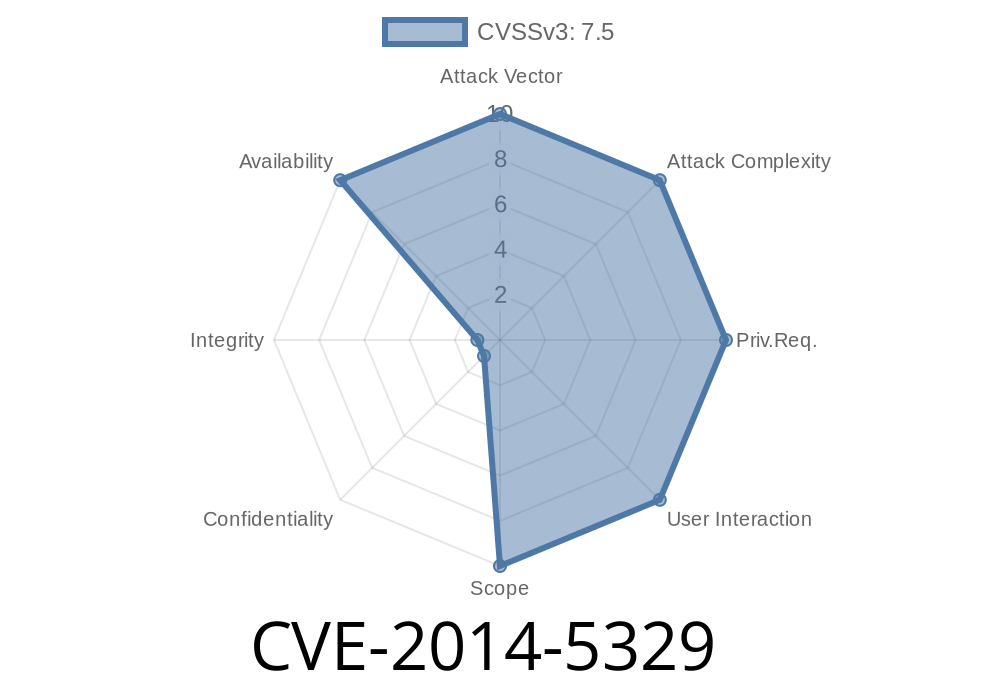Introduction:
GIGAPOD file servers have been widely used across various organizations to efficiently manage their data storage needs. These servers come in two flavors – Appliance model and Software model – both of which provide flexible and easy-to-use web interfaces for user and administrative operations. However, unbeknownst to many users, these file servers contain a critical vulnerability in the version of Apache HTTP server that handles its administrative operations. This article aims to extensively explore the nature of this vulnerability (CVE-2014-5329), its potential exploitation, and measures to mitigate its impact on GIGAPOD file server security.
The GIGAPOD file servers provide three primary web interfaces for user and administrative operations
1. 80/tcp: A user-friendly interface for carrying out regular file storage and retrieval tasks.
2. 443/tcp: A secure HTTPS interface offering encrypted communication between the end-user and the server.
3. 8001/tcp: A dedicated administrative interface for performing administrative tasks like configuration changes, system updates, and monitoring server health.
The vulnerability in question arises in the HTTP server, Apache, listening on port 8001/tcp, which potentially leaves these file servers open to denial-of-service (DoS) attacks.
Vulnerability Details (CVE-2014-5329)
The core of this vulnerability lies in the way the Apache server, responsible for handling administrative operations, processes HTTP requests. Due to a flaw in the request handling mechanism, malicious HTTP requests can cause the server to consume excessive amounts of resources, thereby causing it to crash or become unresponsive. This could potentially be exploited by attackers to launch DoS attacks and hinder the operation of the server.
The flaw has been assigned an identifier of CVE-2011-3192 in the Common Vulnerabilities and Exposures (CVE) database. More information about this vulnerability can be found at the following link from the original reference:
Apache HTTP Server Project – CVE-2011-3192
Code Snippet
The code snippet below demonstrates how the HTTP request handling causes resource consumption and ultimately leads to a DoS condition:
GET / HTTP/1.1
Host: target-host:8001
Range: bytes=-,5,10,15,20,...,n
By sending a crafted HTTP request with a Range header containing a large number of byte ranges, an attacker can trigger the vulnerability, causing the server to allocate an exceedingly high amount of memory and CPU resources to process this request. This, in turn, can lead to a crash or unresponsiveness in the server.
Exploit Details
Exploiting this vulnerability to launch a DoS attack against a GIGAPOD file server is relatively simple. An attacker needs to create and send malicious HTTP requests as shown in the code snippet above with an ever-increasing number of byte ranges, to target the vulnerable Apache server on port 8001/tcp. With a sufficiently high number of such requests, the server would eventually become overwhelmed, resulting in a denial-of-service condition.
Mitigation
To prevent the exploitation of this vulnerability, it is recommended to apply the appropriate patches provided by the Apache HTTP Server Project. The patches can be found at the following link:
Apache HTTP Server – Patches for CVE-2011-3192
In cases where immediate patching is not possible, administrators are advised to implement measures and configurations like rate-limiting or request size limitations to minimize the potential impact of a DoS attack. Additionally, upgrading the Apache server to a more recent and secure version eliminates the risk of this vulnerability being exploited. Regular security updates and server monitoring are critical practices to ensure the long-term security of GIGAPOD file servers.
Conclusion
The CVE-2014-5329 vulnerability in GIGAPOD file servers showcases the importance of keeping all components of web applications and services updated and secured. By raising awareness about the potential risks associated with outdated software and the importance of regular patching, we can contribute to a more secure and resilient cyber ecosystem.
Note: Always make sure to follow responsible disclosure practices when reporting vulnerabilities and seek guidance from security experts if you're unsure about the best course of action.
Timeline
Published on: 09/08/2023 03:15:00 UTC
Last modified on: 09/14/2023 16:12:00 UTC
